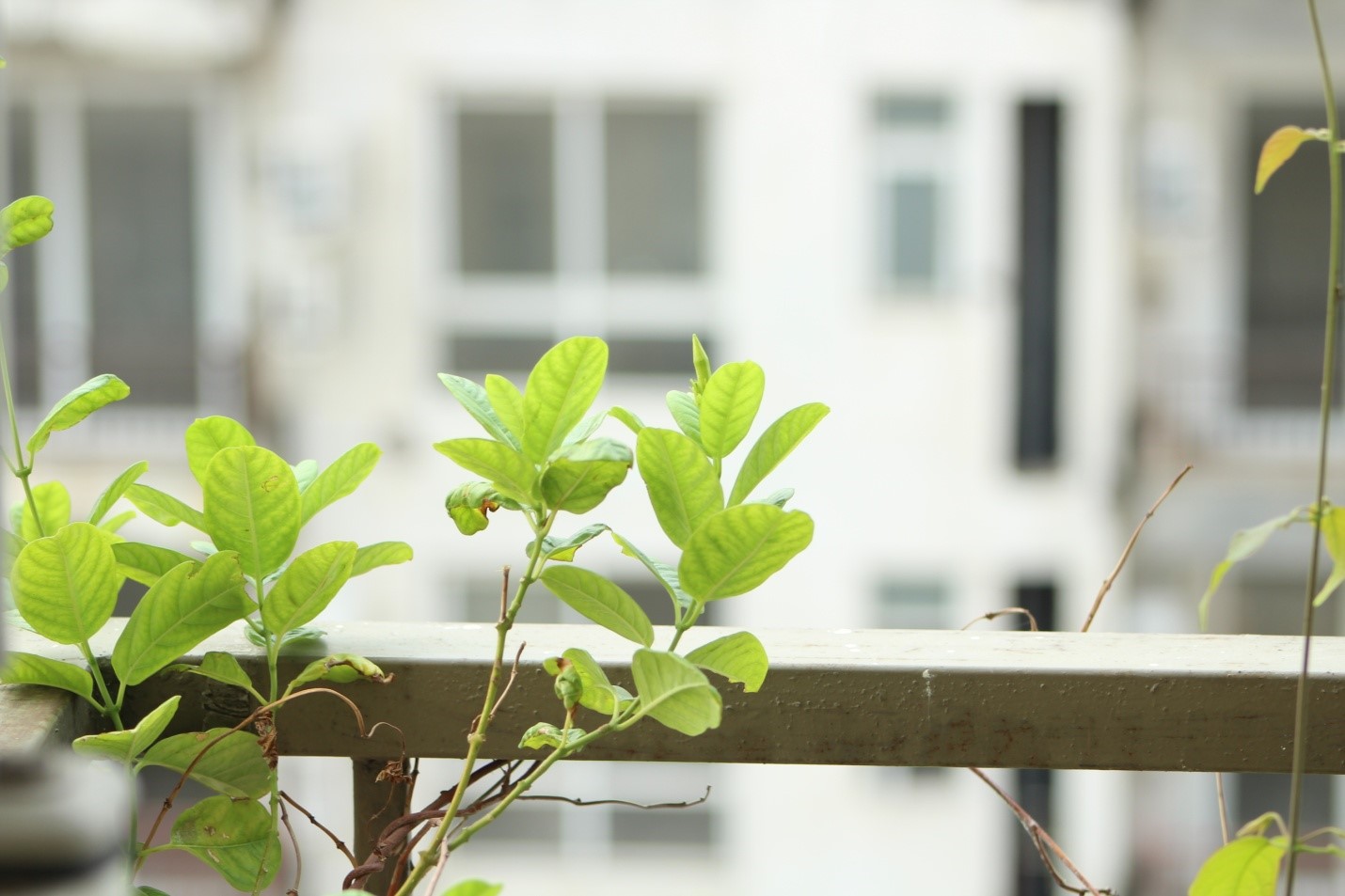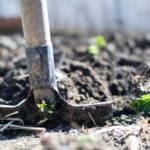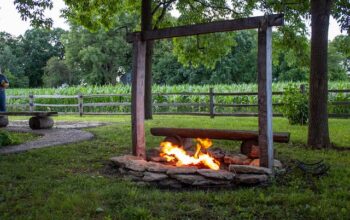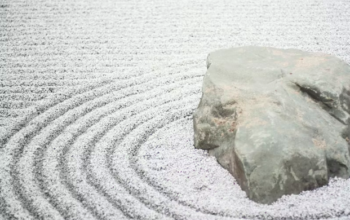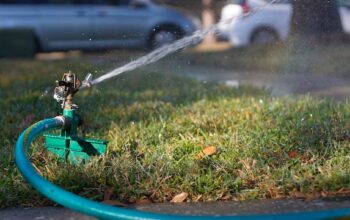Gardening is a challenge for city dwellers, especially those in high-rise buildings. The limited space and lack of fertile soil are two of the most common barriers. Luckily, an intensive gardening method can solve these problems: square foot gardening.
Mel Batholomew, the inventor of the technique, designed square foot gardening to be extremely efficient. It’s beginner-friendly, requiring no complicated tools, equipment, or horticulture skills.
Small spaces easily accommodate square foot gardening, which makes it perfect for city dwellers.
Small Gardening Spaces
Square foot gardens are raised beds partitioned into a grid of 1-foot squares. The individual squares represent mini gardens where you can grow a different seedling in each. The garden is compact, with no paths in between the squares, unlike traditional row gardens. This allows you to maximize your crop yield even with the limited space you have.
You can customize the size of your garden bed according to your available space, which is why it’s perfect for urban households. Also, you don’t need plenty of resources to maintain a square foot garden. According to the Square Foot Gardening Foundation, this practice uses only 10 percent of the water in traditional row gardens.
Square foot gardens are also easier to manage compared to traditional garden beds because of their smaller size.
Minimal Regular Management
Since the garden is small, you only need to spend a few minutes watering, planting, pruning, or harvesting each day. Also, a square foot garden reduces the need for tilling and aerating the soil. The soil stays loose even if you don’t do these two tasks because you never step on the bed, which is an inevitable risk for traditional gardens.
As mentioned, square foot gardens require less water. The plants are packed closely together, and there are no paths in between the squares, so water loss is minimized. But because plenty of plants share such a small space, they tend to dry out the soil faster. You can easily solve this problem with a DIY drip irrigation system.
Buy short garden hoses by the foot according to your bed’s measurements. Drill holes in them to make your own cost-efficient soaker hoses. Snake the hoses between each garden square to make sure all the areas are adequately hydrated.
It’s also easier to ward off pests and bugs in this method. Some plants naturally repel insects because of their chemical components. These plants protect your square foot garden if you strategically grow them on the perimeter of the bed or in between the plots.
Lastly, square foot gardening squeezes as much use as possible from the limited space, giving you higher yields.
Higher Crop Yields
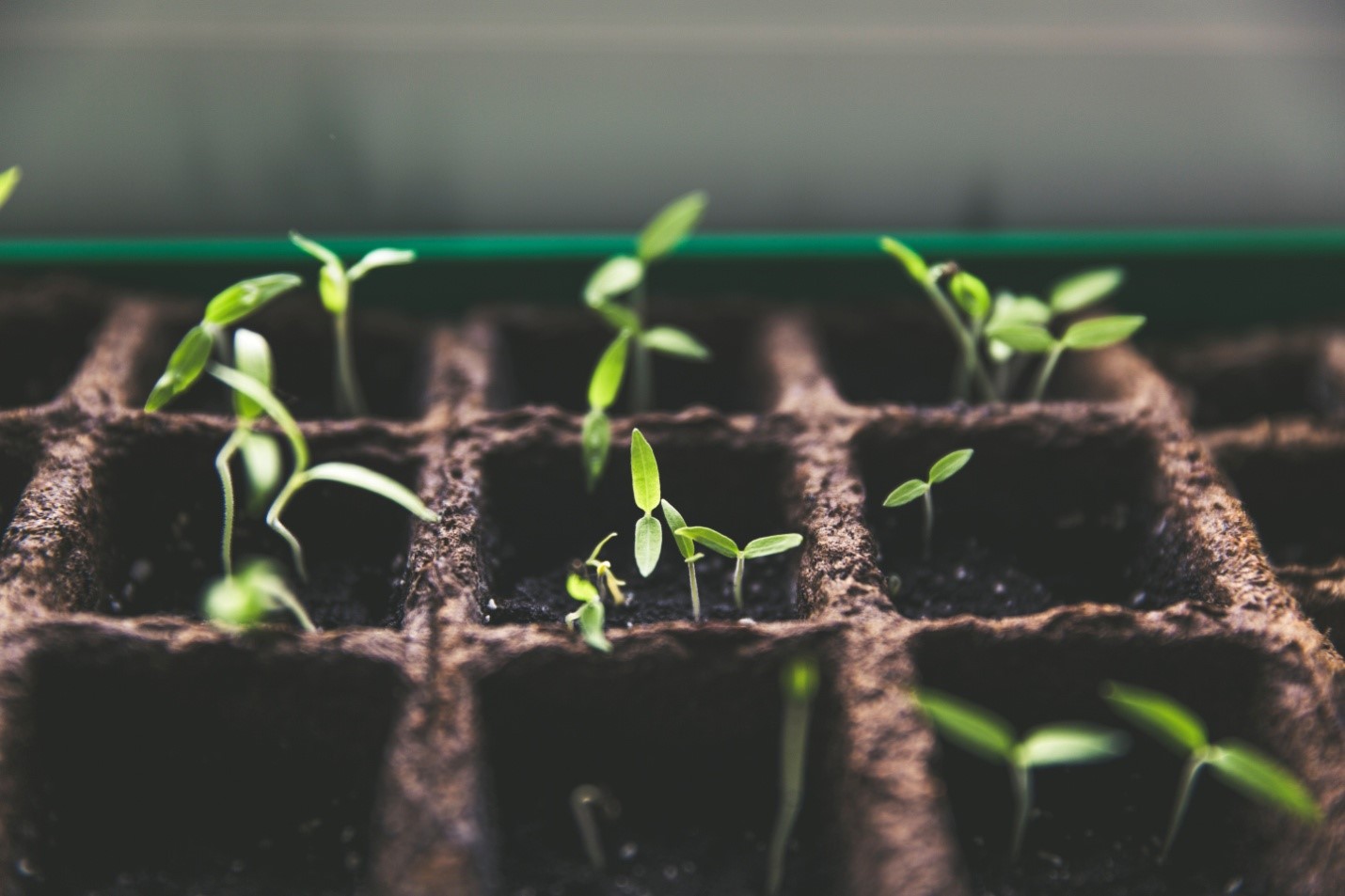
The grid method allows you to maximize every inch of your garden, so you can grow as many crops as you want. But you have to choose the right plants. Unfortunately, small square foot beds can’t support crops that occupy a lot of room. Instead, you can grow herbs and smaller vegetables, such as radishes, carrots, or garlic.
You can also grow climbing plants, like peas and beans on one side of the garden and installing a trellis. Just make sure the trellis doesn’t block the sun and cast a shadow on the other crops.
Square foot gardening can be a good food source if you do it right. It’s a simple method that requires little space, resources, and skills, so it’s perfect for beginners. The few drawbacks have quick solutions as well. Give it a try and you’ll see the plentiful benefits you can reap.
Related Posts

Loves home. I am here to provide how to make your home a much better place. 🙂 Blogging about HomeDecor, Home Improvements and more.
